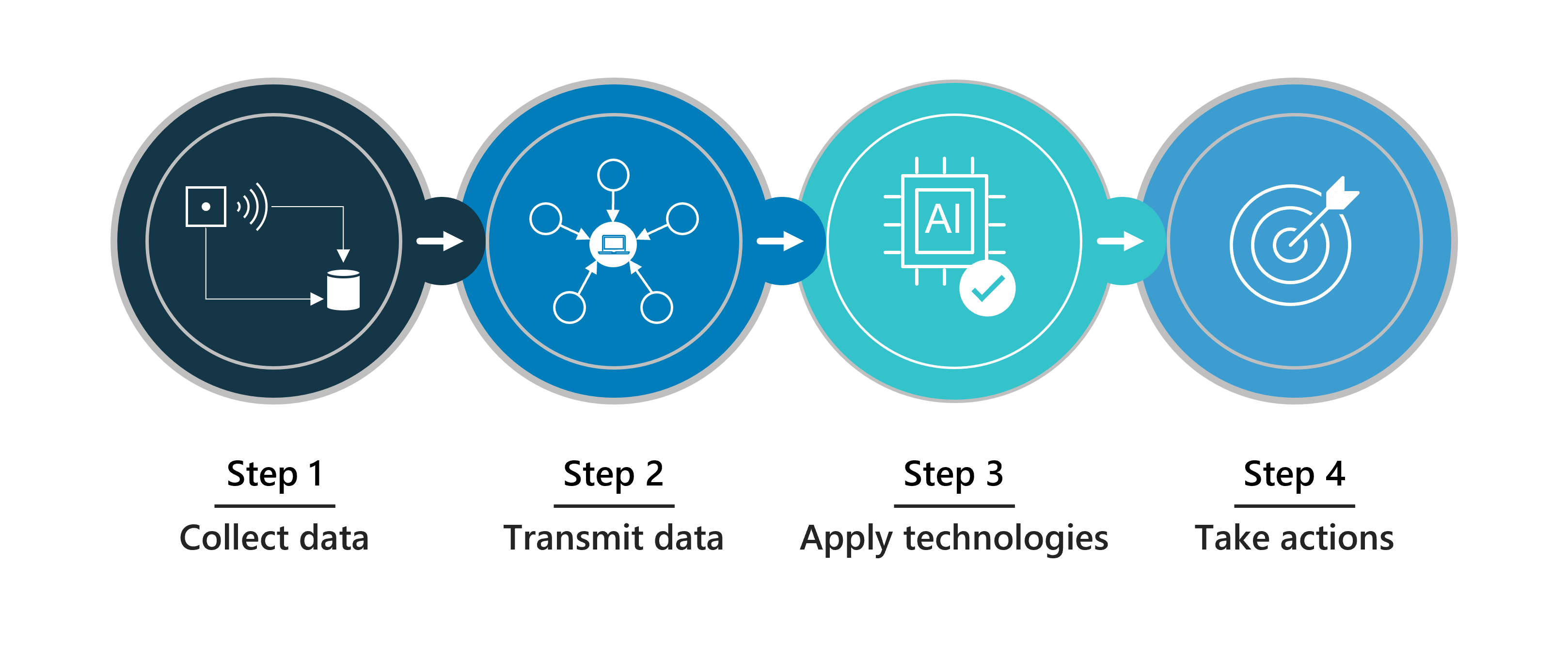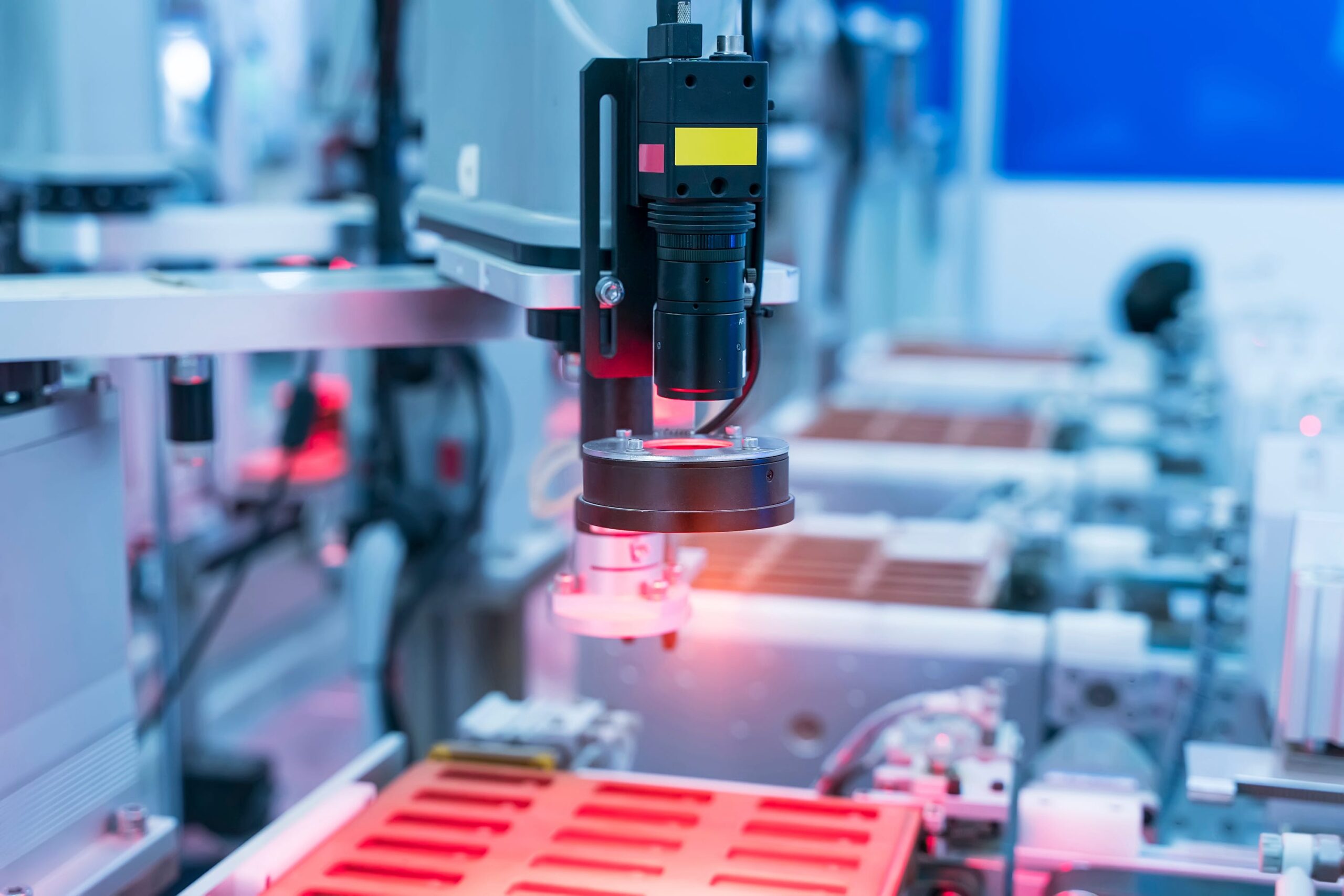Introduction:
The semiconductor industry stands at the forefront of technological innovation, constantly pushing the boundaries of chip design and fabrication. In this era of miniaturization, machine learning (ML) emerges as a pivotal force, poised to transform semiconductor manufacturing through equipment and process co-optimization.
This comprehensive blog post explores 10 Ways Machine Learning Transforms Through Equipment & Process Co-Optimization.
Join TechoVedas Community here
What is Machine Learning
Machine Learning (ML) is a subset of artificial intelligence (AI) that focuses on the development of algorithms and statistical models that enable computer systems to perform a specific task without explicit programming. In essence, machine learning involves training a system to learn from data, identify patterns, and make decisions or predictions based on that learning.
Read More: Explained: What the hell is Machine learning? – techovedas
10 Ways Machine Learning Transform Semiconductor Manufacturing
In the fast-paced realm of semiconductor manufacturing, machine learning emerges as the linchpin, proactively tackling challenges from predictive maintenance to closed-loop optimization. Explore 10 Machine Learning Transforms Through Equipment & Process Co-Optimization
1. Predictive Maintenance:
Unplanned equipment failures are a significant challenge in semiconductor manufacturing. ML algorithms bring a proactive solution by analyzing sensor data to predict maintenance needs. 
Let’s consider a scenario in semiconductor manufacturing where a critical component, such as a vacuum pump, is crucial for the production process. Unplanned failures in the vacuum pump can lead to significant downtime and production losses. Machine learning algorithms can be employed to analyze sensor data from the vacuum pump and predict maintenance needs, allowing for proactive measures to be taken.
This approach minimizes downtime, optimizes resource allocation, and prevents costly production delays. The algorithms can consider various factors, such as equipment usage patterns, sensor readings, and historical failure data, to provide accurate predictions.
Read More: Indian Semicon Startup Series: BITSILICA
2. Yield Optimization:
Achieving optimal yield is paramount in semiconductor manufacturing. ML-driven optimization steps in to address the nightmare of scrap wafers. By continuously analyzing process data, ML models can identify subtle parameter variations impacting yield.
For instance, if a temperature anomaly during a specific manufacturing stage is associated with increased scrap wafers, the ML model can recommend precise adjustments to the temperature control system in real-time. This proactive approach minimizes production losses, enhances overall yield, and ensures the efficient utilization of resources in the semiconductor fabrication process.
Real-time adjustments to equipment settings and recipe parameters maximize wafer utilization and profitability. The models can incorporate advanced statistical methods to identify key factors influencing yield and provide actionable insights.
3. Defect Detection:
As transistor sizes shrink, detecting microscopic defects becomes increasingly challenging. ML-powered image recognition proves invaluable in analyzing wafer images with exceptional precision.
For example, a convolutional neural network (CNN) trained on a dataset of high-resolution wafer images can accurately identify and classify microscopic defects, enabling rapid and reliable quality control in semiconductor fabrication processes.
These models can spot even the tiniest defects that might escape human eyes. Early detection ensures that defective chips are flagged before progressing through the fabrication process, saving valuable time and material resources.
Indian Semicon Startup Series: AISemiCon – techovedas
4. Run-to-Run Control:
Consistency in wafer quality across production batches is critical. ML models learn from historical data to adjust process parameters for subsequent batches, ensuring optimal performance and tighter manufacturing tolerances.
For example, if a model identifies that a specific set of process parameters led to superior wafer quality in a previous batch, it can recommend and implement similar adjustments for the next batch, promoting consistent and high-quality semiconductor production.
These models can utilize advanced statistical process control techniques to maintain stability and reduce variability in the manufacturing process.
5. Energy Efficiency:
Rising energy costs pose a threat to chipmakers’ bottom lines. ML algorithms step in to optimize energy use without compromising production quality. By analyzing equipment energy consumption patterns, these algorithms suggest adjustments to operating parameters.
For instance, by analyzing equipment energy consumption patterns, an ML algorithm can identify opportunities for efficiency improvements. If the algorithm detects that a certain tool or process is consuming excess energy during specific production phases without compromising quality, it may suggest adjustments to operating parameters, such as optimizing cycle times or scheduling energy-intensive tasks during off-peak hours.
This eco-friendly approach not only reduces costs but also aligns with sustainability goals, contributing to a greener manufacturing process.
Read More: 3 Ways Artificial Intelligence (AI) is Revolutionizing Semiconductor Industry
6. Recipe & Process Development:
Developing new chip fabrication processes is a complex and resource-intensive endeavor. ML accelerates this process by analyzing vast datasets of existing recipes and identifying promising new combinations.

For instance, an ML algorithm can be trained on historical data encompassing various fabrication parameters, materials, and their corresponding outcomes. By learning patterns and correlations within this dataset, the algorithm can then predict potential successful combinations of parameters for new chip fabrication processes, saving time and resources in the exploration of innovative techniques and materials.
The models can employ advanced pattern recognition techniques and optimization algorithms to speed up development cycles and facilitate more efficient process design.
7. Equipment Interoperability:
In semiconductor manufacturing, integrating various tools from different manufacturers can be a complex challenge. ML algorithms play a key role in facilitating seamless communication and data exchange between equipment.

For example, an ML-driven integration platform can be designed to analyze data outputs from diverse manufacturing tools, regardless of their original manufacturers. The algorithm can then standardize and translate this information into a common format, enabling different tools to communicate effectively and share critical data
This enables real-time process adjustments and optimization of tool utilization across the production line. The models can adapt to different communication protocols and data formats, ensuring compatibility and interoperability.
8. Smart Fault Diagnostics:
Troubleshooting complex equipment issues is a logistical and technical challenge. ML models come to the rescue by analyzing historical data and sensor readings to pinpoint the root cause of equipment failures.
For instance, if a semiconductor fabrication tool experiences an unexpected failure, an ML model can be trained on a dataset containing historical information about similar failures, including sensor data leading up to each incident. By learning patterns and correlations from this data, the ML model can then predict the potential root causes of the current issue, guiding technicians to take targeted and efficient corrective actions.
This data-driven diagnostic approach accelerates repair times and minimizes production downtime. The models can employ anomaly detection techniques and fault signature analysis to identify and classify equipment faults accurately.
9. Quality Control & Traceability:
Ensuring consistent chip quality requires rigorous testing and meticulous data tracking. ML-powered systems enhance traceability throughout the manufacturing process. By analyzing test results, these systems identify potential quality issues and trigger corrective actions.

For example, an ML system can be integrated into the testing phase, where it analyzes test results from various stages of production. If the system detects patterns indicative of potential quality issues, such as deviations from expected performance metrics or abnormal behavior in certain tests, it can automatically trigger corrective actions. These actions may include adjusting process parameters, initiating retesting procedures, or alerting operators to inspect and address specific areas of concern.
Advanced analytics and pattern recognition algorithms can be employed to detect subtle variations in chip quality and correlate them with specific process parameters.
10. Closed-Loop Optimization:
Imagine a self-learning feedback loop for your production line. Machine Learning models create precisely that by continuously analyzing data, adjusting process parameters, and monitoring equipment performance in real-time to Transform Semiconductor Manufacturing.
Imagine a self-learning feedback loop for a semiconductor production line. Machine learning models create precisely that by continuously analyzing data, adjusting process parameters, and monitoring equipment performance in real-time. For instance, consider a scenario where a production line is manufacturing semiconductor wafers. An ML model is deployed to monitor various parameters such as temperature, pressure, and deposition rates. As the model continuously analyzes real-time data, it identifies patterns that correlate with optimal performance and high-quality output. When deviations occur, indicating potential issues or inefficiencies, the ML model dynamically adjusts relevant process parameters, ensuring the production line adapts to changing conditions.
This closed-loop approach leads to continuous improvement, pushing the boundaries of yield, efficiency, and quality. Reinforcement learning techniques can be incorporated to adapt the models based on real-time feedback, ensuring ongoing optimization.
Conclusion:
The integration of Machine Learning to Transform Semiconductor Manufacturing is an idea of the next decade.. By harnessing the power of data and intelligent algorithms, chipmakers can unlock unprecedented levels of efficiency, precision, and sustainability.
As ML technology matures and datasets grow, we can anticipate even more groundbreaking applications, propelling the semiconductor industry towards new heights of innovation and excellence. This deep dive into ML applications illustrates the potential for transformative change in one of the most critical industries driving technological progress.




